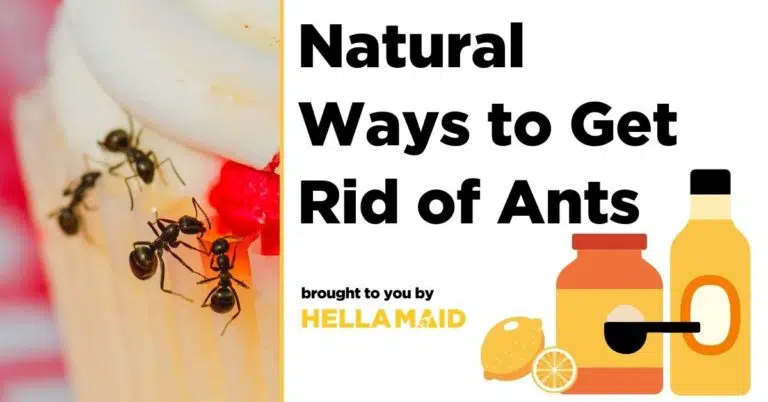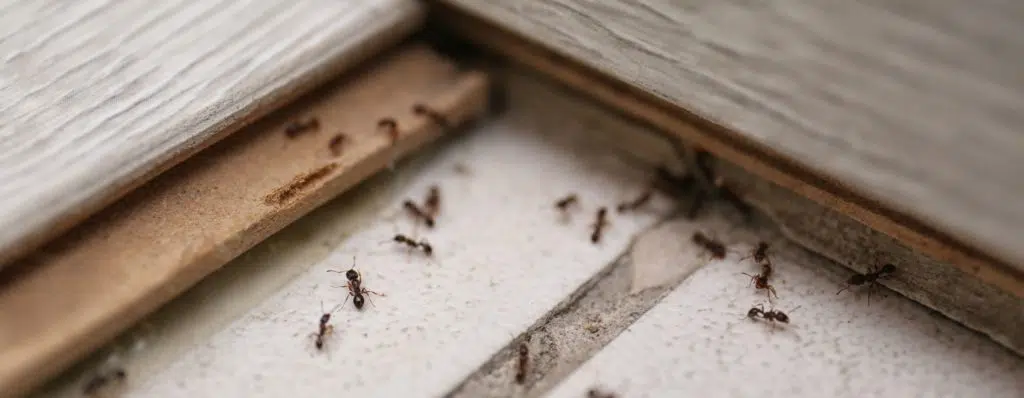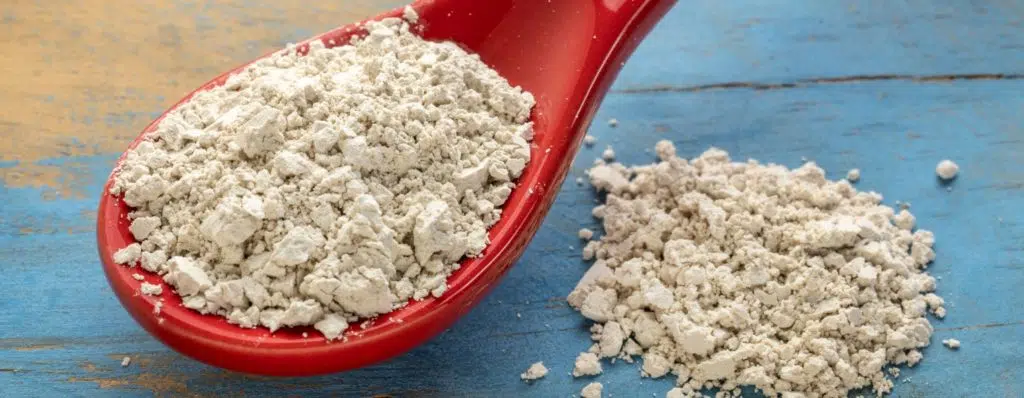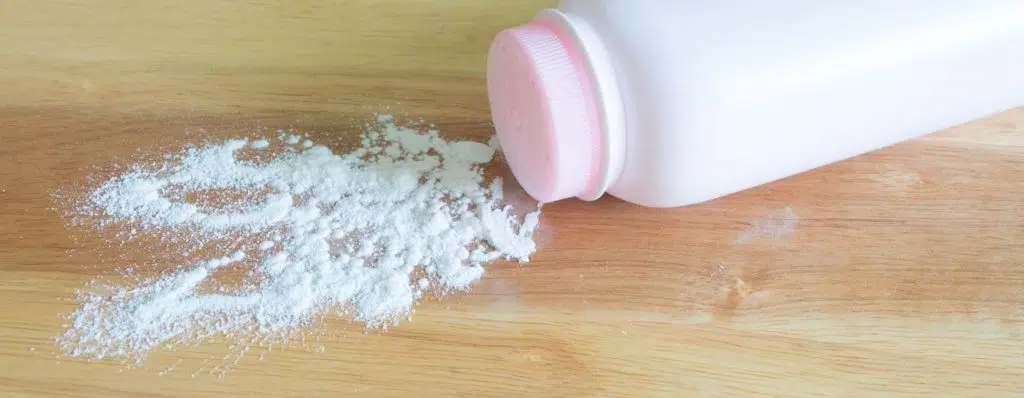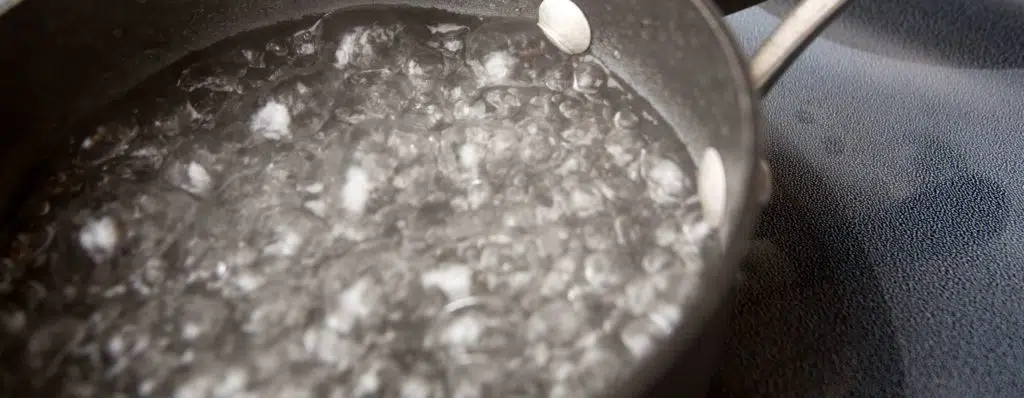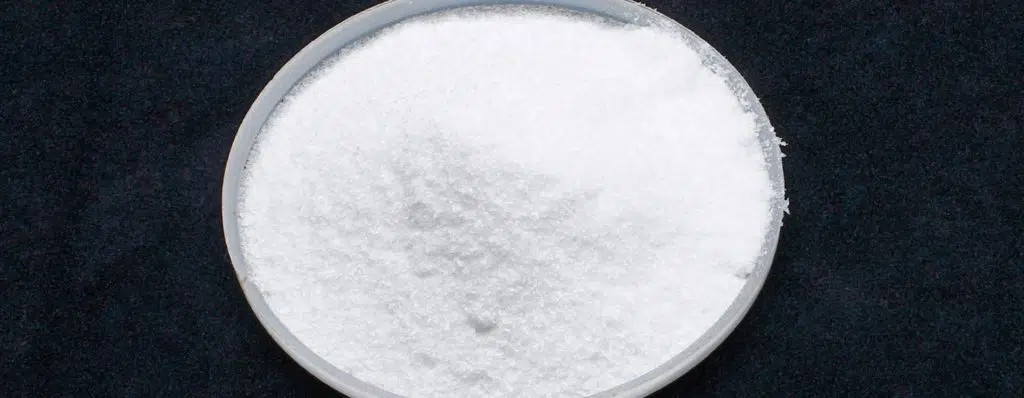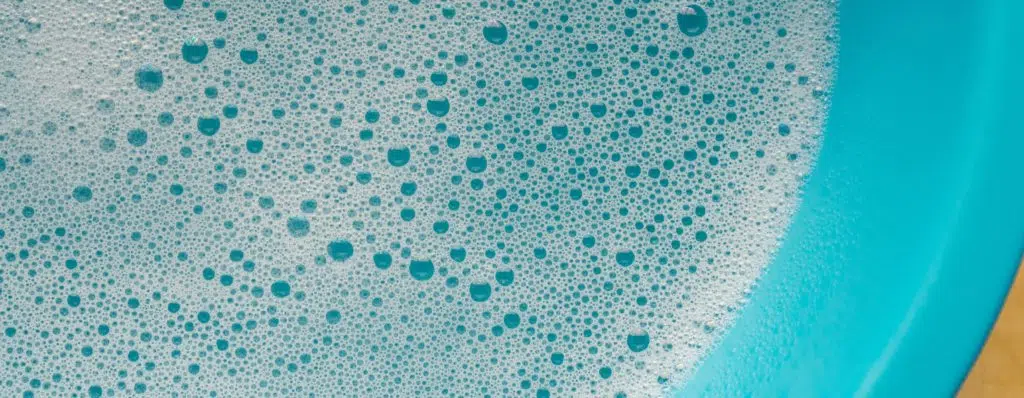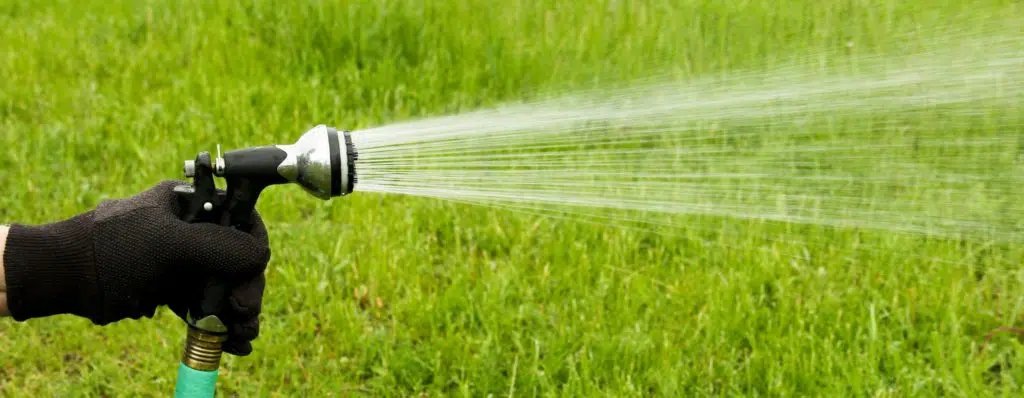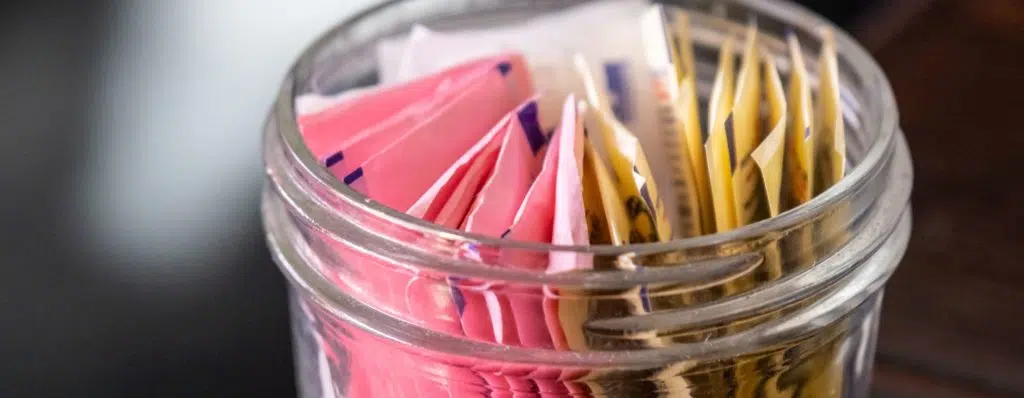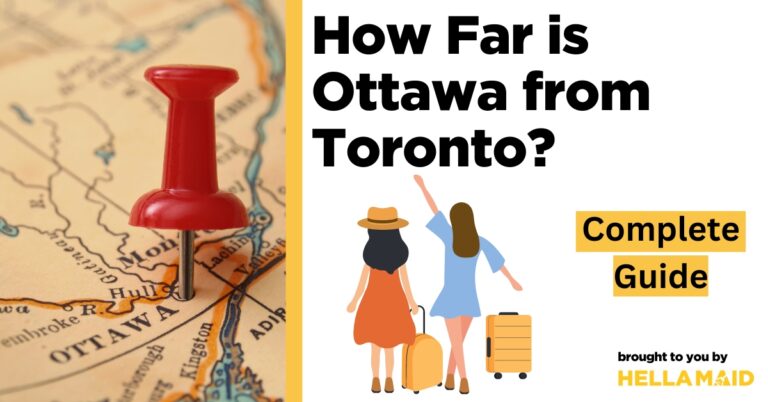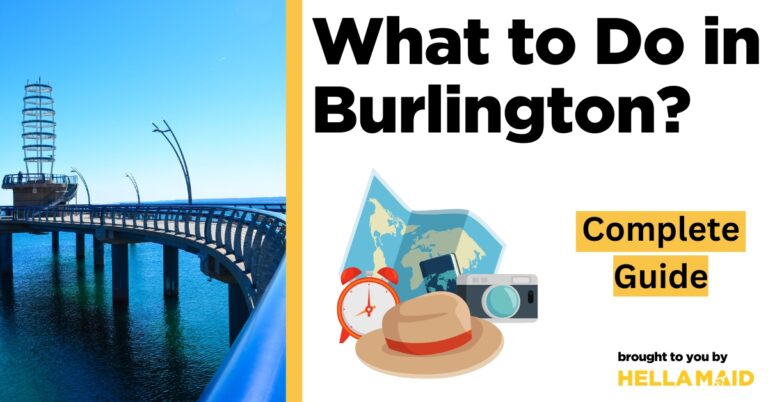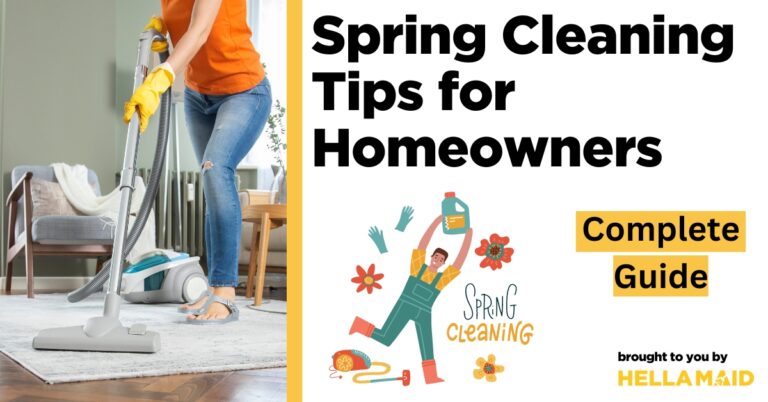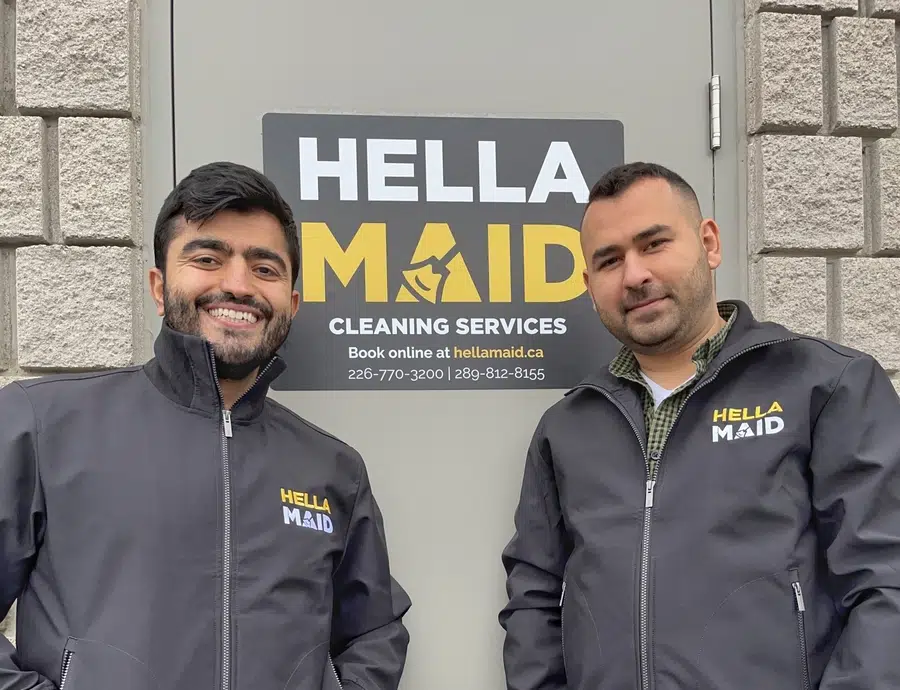Chemical pesticides might potentially pollute groundwater and kill butterflies, bees, and other important insects when used to get rid of ants.
Instead, give these natural remedies a try to get free of ants in your house and yard. They are less harmful to the environment, you, your family, and your pets.
Although not all of the ingredients we suggest are derived from nature, they are all safer than chemical pesticides and don’t cause water pollution. The majority of common ant species that invade houses and lawns should be susceptible to these treatments.
Are Ants Harmful to People?
The National Wildlife Federation estimates that there are more than 12,000 different species of ants in the world. Most of these ants are quite safe for humans to encounter.
However, ants have been shown to contain bacteria, making them possible carriers of illness or infection. For instance, a tiny animal study conducted in 2019 revealed that Monomorium ants may contain pathogenic germs that may be harmful to humans. According to a previous study published in 2005, the pharaoh ant, a species of Monomorium ant, may contribute to respiratory allergies and bronchial asthma.
Different Ways to Get Rid of Ants Naturally
Although ants and ant nests are frequently found outside, these little tyrants frequently enter our houses in search of food and water. This is more prevalent in the summer because of the rising temperatures and lack of moisture in the air.
One ant may create the way for a whole army to go inside a home, and these cunning insects leave behind a fragrant pheromone trail that directs the members of the pack in. Fortunately, some organic deterrents can aid in erasing these trails and stopping further house invasions.
Diatomaceous Earth (DE)
Diatomaceous earth (DE) is composed of tiny fossils that were left behind by diatoms, which are tiny creatures. Although such fossils are too small to harm people, ants can’t survive near them. DE particles penetrate the exoskeletons of ants, causing dehydration and final death.
STEP 1. Purchase food-grade DE – not industrial-grade. It generally comes in a bag and has the appearance of powder. The majority of garden supply retailers carry it.
STEP 2. Distribute the powder over anthills, routes, and other areas where ants have been observed to gather.
STEP 3. To kill the ants that want to infiltrate your place, scatter more powder around the patio, driveway, playground equipment, and other high-traffic places in the yard.
STEP 4. Sprinkle powder next to the windows, vents, doors, and other potential access points into your property. Spread DE powder throughout your pantry area and sink, wherein ants are most capable of finding a food source if you currently have ants inside.
STEP 5. Every time it gets wet, replace the DE powder. Like whenever you water the yard and after every rain.
Cons: Since DE loses effectiveness once it gets wet, you must frequently reapply it, especially outside. Although DE is not poisonous, breathing it in or getting it in your eyes can irritate you. While applying DE, we advise using safety goggles and a dust mask.
Baking Soda or Baby Powder
Both baking soda and baby powder suffocate ants by blocking their spiracles, which are breathing pores in their exoskeletons. Baking soda will cause an internal chemical reaction in the ant that will kill it if it is consumed.
STEP 1. Put a thin layer from either baking soda or baby powder within the anthill or nest, all around it, along ant trails, or wherever you have observed a lot of ants.
STEP 2. Surround your indoor food sources, potential access points into your home, and outdoor living areas with a barrier made of baking soda or baby powder. Ants might get through the barriers, but they must shortly die.
STEP 3. To make an ant bait, combine equal parts of baking soda and powdered sugar for more effective control. Ants will be drawn to the sugar, consume it, and then carry it back to the nest so that other ants can consume it as well. They’ll eat the sugar and baking soda and die.
Cons: Baking soda might dry up your grass and soil, but the baby powder can be used anyplace without risk. You must reapply after rain or after watering your lawn because either one will be washed away by water.
Boiling Water
Ants are instantly killed by burning in boiling water. Those ants that survive would probably find new homes elsewhere because it also damages the nest inside.
STEP 1. Boil some water in a big pot.
STEP 2. Remove the mound that is blocking the nest’s subsurface entrance by raking it away.
STEP 3. Carefully pour the boiling water through the entrance of the nest. As much water as you can goes into the hole rather than soaking the area surrounding it.
STEP 4. If the colony of ants is still active after a few days, repeat the procedure.
Cons: You must handle boiling water carefully because it might cause severe burns. Additionally, it burns the grass and soil, which could lead to a damp area on the lawn. Additionally, there’s a chance that the water won’t be hot enough to kill the queen if she’s deep beneath.
Boric Acid
Powdered boron, oxygen, and sodium are known as borax. Essentially, boric acid is a more refined form of borax. Both products mostly consist of boron and kill ants by interfering with their digestive processes when swallowed.
STEP 1. Mix boric acid with an ant-attracting food to make an ant bait. Make as many baits as you can, some with liquid food and some with solid food (like sugar and syrup).
STEP 2. Indoors or outdoors, scatter several baits in various locations where ants have been spotted. The vicinity of an anthill, in the center of an ant route, or close to a food supply are all potential locations.
STEP 3. Refrain from killing ants that are swarming the bait. Allow them to return to their nest with the food and any borax or boric acid, where further ants will consume it.
Cons: If inhaled or consumed, boric acid is hazardous to both people and animals. When creating and positioning the baits, put on gloves and protective eyewear because they could irritate you if you come into contact with them. Plants are can be harmed directly by boric acid as well.
Soapy Water
The protective wax covering that prevents ants from losing water and dying of dehydration is destroyed by the soap, which also dissolves their cell membranes. Oil can plug the spiracles, which the ants need to breathe, and suffocate them if you add it.
STEP 1. For every quart of water, add 1 tablespoon of dishwashing soap or 1/4 cup of Castile soap. Olive oil, canola oil, or vegetable oil can be added to the mixture to increase its potency.
STEP 2. Directly spray soapy water on any ants you observe outside the nest to instantly kill them.
STEP 3. To get rid of the ants that are still underground, pour the mixture into outdoor anthills or indoor ant nests, if possible.
STEP 4. As necessary, continue spraying and dumping the solution. Soapy water has no lingering aftereffects and solely kills ants it comes into immediate touch with.
Cons: You must be cautious while using soap on your lawn and garden because it can harm some plants.
Garden Hose
Fill the whole nest with plain water from your hose to drown any underground ants. You might need to soak the colony more than once because some ants can last 24 hours underwater.
STEP 1. To uncover the underground nest, rake away the surface anthill.
STEP 2. Run the garden hose then spray water into the ant nest’s entrance. Give the water a 30-minute runtime.
STEP 3. In case the colony is still alive, repeat as necessary.
Cons: Drowning grass and other plants can result from flooding the soil with too much water at once. For a couple of days after the treatment, the lawn will have a wet spot.
Artificial Sweeteners
Splenda, Equal, and Nutrasweet are examples of artificial sweeteners that contain saccharin or aspartame, which behave as neurotoxins in ants. By harming an ant’s brain cells, they can kill it.
STEP 1. To help attract ants, combine the artificial sweetener with 1 tablespoon of any sweet liquid.
STEP 2. Place the solution on a plate near an anthill or another location where ants are known to congregate. Place these lures in a few different spots for the best results.
STEP 3. Don’t kill ants that are going to or coming from the baits, and leave them alone. Allow the ants to carry the bait down to their nest, where it will be consumed by the ants that are still underground and, ideally, the queen.
Cons: None.

